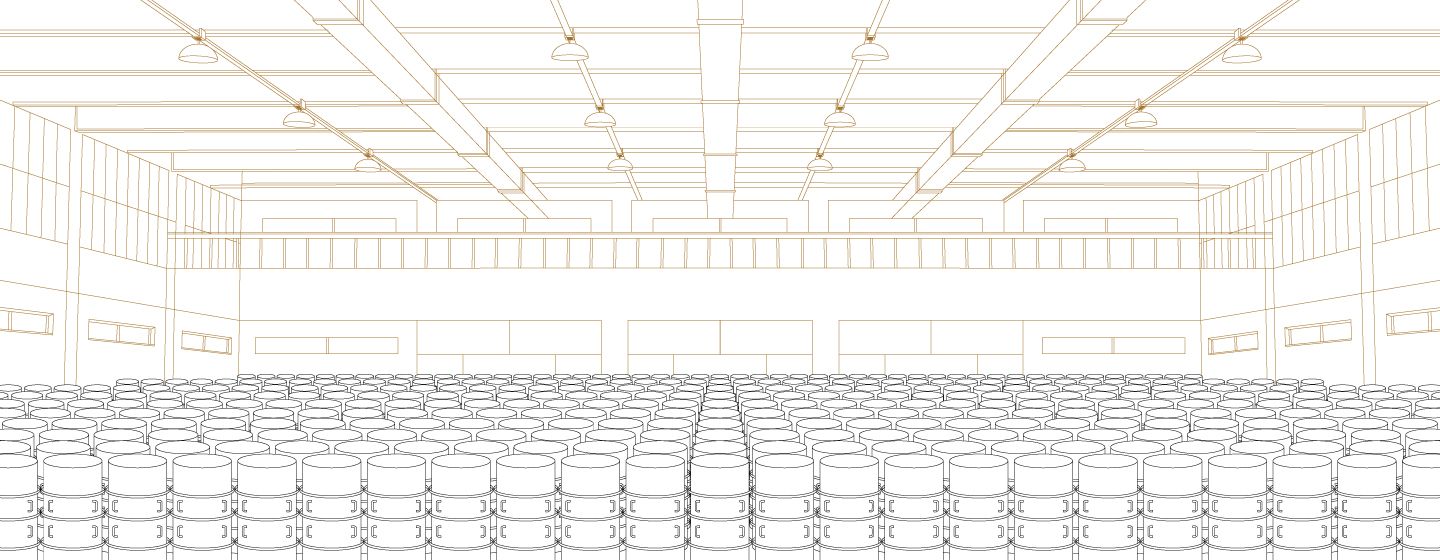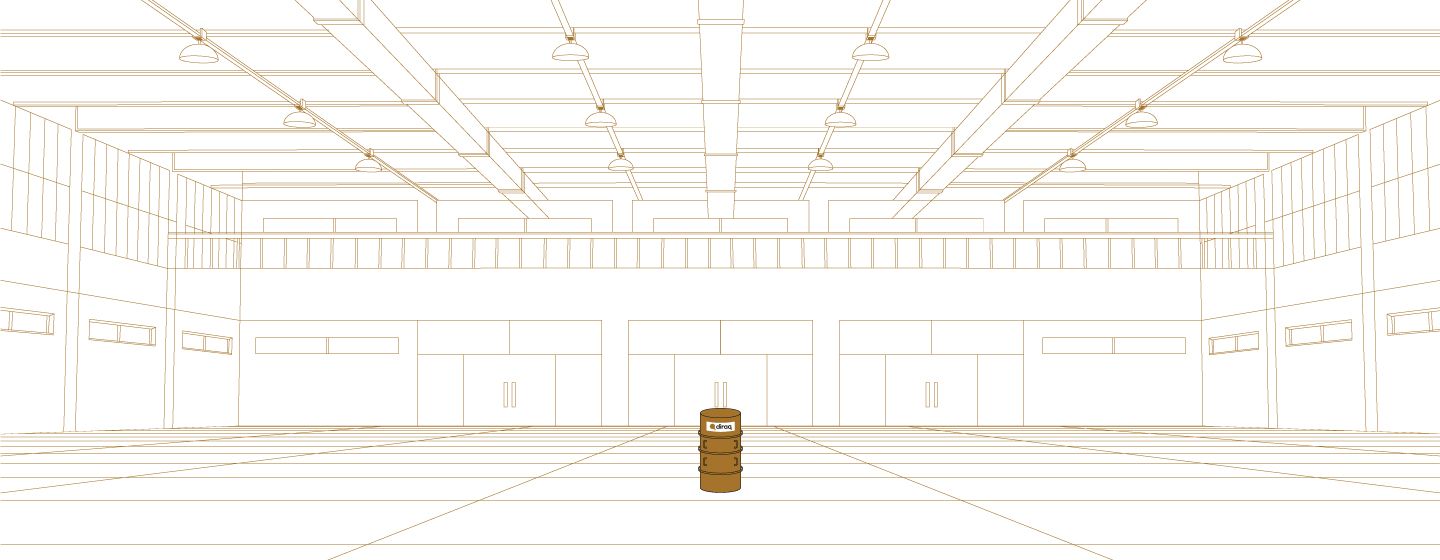Engineering
To transform our world, quantum computers need billions of qubits
To reach that scale, you need a truly scalable engineering path for your qubits.
It will transform the world as we know it
Better yet, it won't need a warehouse to operate from
With billions of qubits integrated in one chip, our quantum computer fits in a single refrigerator. Without our technology, quantum processors need to be fragmented in thousands of separate cryostats.
Besides the obvious costs, filling a warehouse with refrigerators consumes megawatts of energy. Moreover, the traffic of quantum information between chips requires technology that hasn't been invented yet.


See how we compare to other quantum technologies:
Spins in silicon quantum dots
Individual electrons are trapped in devices made using the most advanced semiconductor fabrication technology. Radio-frequency pulses control the movement of the electron and its spin state. An electron spin pointing up or down represents a qubit in the 0 or 1 state.
Pros
Smallest qubits (50 nm), so can fit a full useful quantum processor on a single chip; Qubits can be moved around; Can tolerate heating effects; Errors are easier to correct (biased errors).
Cons
Small size requires state-of-the-art manufacturing partners; Tolerance to materials defects is low; requirement for advanced fabrication reflects in late onset for qubit count.
Superconducting
Certain metals when cooled down can conduct electric currents without resistance. These currents can be manipulated with microwave pulses and local magnetic fields using relatively large devices. The states 0 and 1 can be stored in different properties of these superconducting currents.
Pros
Large qubit size (millimetres), so easy to fabricate systems with moderate qubit counts; Current leading technology for numbers of qubits.
Cons
Large size limits the number of qubits in a chip, requiring wiring thousands of chips together; Temperature requirements are strict; Errors are frequent and hard to correct (unbiased).
Ion Traps
Atoms, which naturally present quantum behaviour, are stripped of an electron (ionised) and dynamically trapped by oscillatory electric fields. Focused lasers and microwaves create long-lived superpositions of internal atomic states that represent 0 and 1.
Pros
Naturally lower error rates, with bias (easier to correct); First qubit technology (head start in R&D); all-to-all connectivity demonstrated in groups of tens of qubits.
Cons
Hard to individually access each qubit (only done in linear arrays); Hard to trap many ions; Operations are relatively slow.
Photonic
Quanta of light are created in photon factories and run through tracks made using photonic waveguides, with calculations performed by measuring photons in a particular order.
Pros
All-to-all connectivity; Photonic waveguides are relatively large and easy to fabricate.
Cons
Tolerance to detector imperfections is low; Number of qubits in a single chip is very limited; Uses non-standard computation method (one-way quantum computing).
2026 Diraq. All rights reserved |
Terms & Conditions |
Privacy Policy |